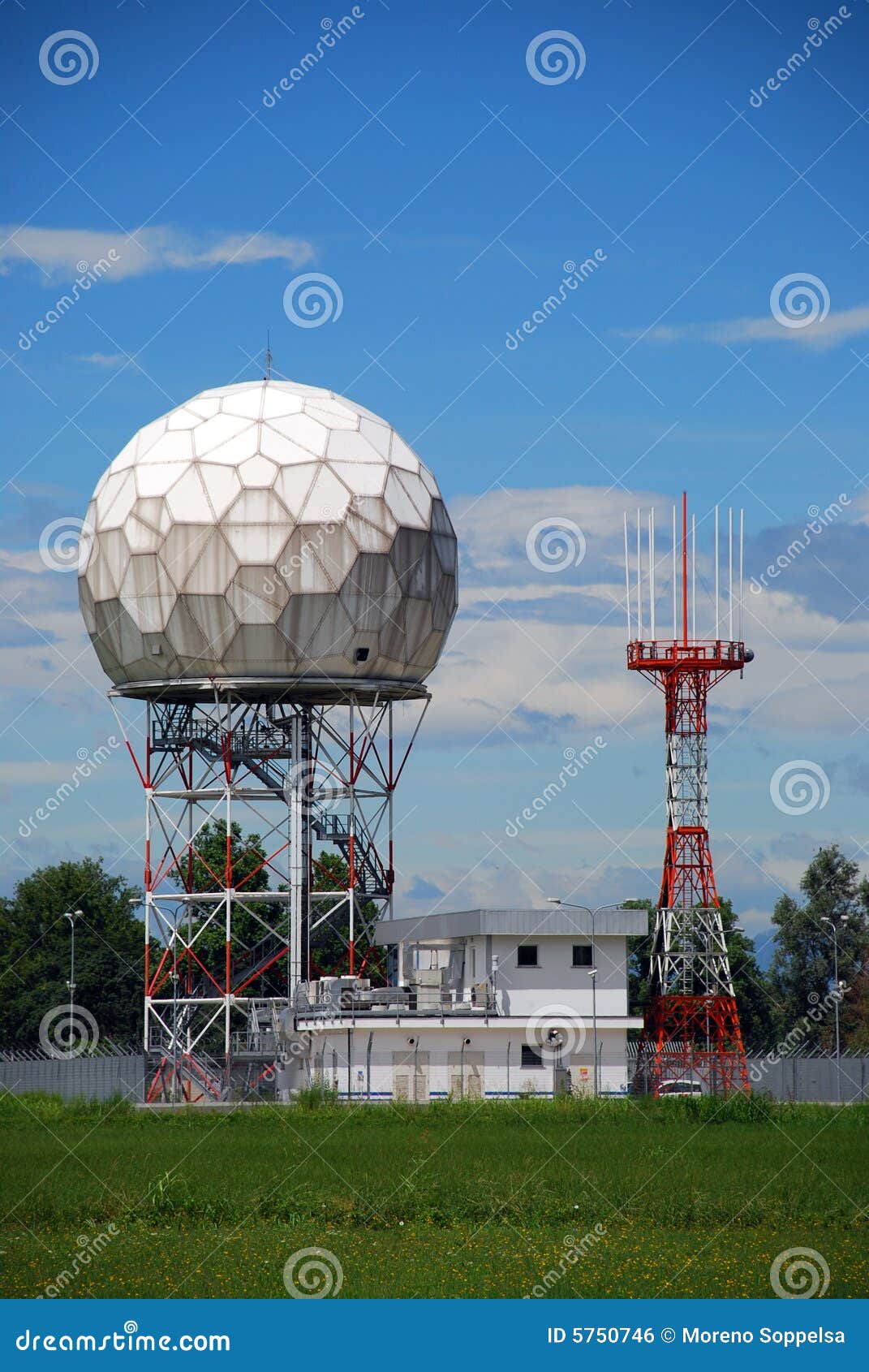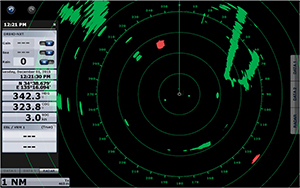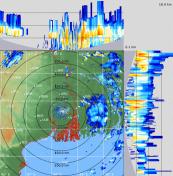
Rainfall is typically estimated from radar data with a Z-R relationship, which converts bulk reflectivity to a rainfall rate.

If, within a small area, high winds toward the radar are adjacent to high winds away from the radar, a circulation has developed and forecasters prepare to issue a warning. Today, RADAR is an essential tool for analyzing and predicting the weather.ĭoppler radar can give a picture of the winds within a storm.

With the advent of computers, Doppler radars have become a widely used tool in forecasting and analysis of many meteorological features. Barratt and Brown showed that the shape of the Doppler spectrum agreed with the spectrum expected from raindrops of different sizes falling with different speeds. Browne and Peter Barratt of the Cavendish Laboratories at Cambridge University in England in the spring of 1953. The first application of pulsed-Doppler radar principles to meteorological measurements was made by Ian C. Only during the war did the use of RADAR to study weather become obvious. Scientists had not known that RADAR would be sensitive enough to detect precipitation. During the war, RADAR operators continually found precipitation, like rain and snow, appearing in their RADAR fields. In the midst of war, the most significant peacetime application of RADAR was discovered. The mixing of the two signals produces a beat or fluctuation of the echo intensity at a frequency equal to the Doppler shift. The earliest pulsed-Doppler radars were called MTI (moving target indication) radars in which a coherent continuous-wave (cw) oscillator, phase-locked to the random phase of the sinusoid in each transmitted pulse, is mixed with the echoes associated with that pulse. Pulsed-Doppler radar was developed during World War II to better detect aircraft and other moving objects in the presence of echoes from sea and land that are illuminated by microwave emissions through sidelobes of the antenna's radiation pattern. The acronym was by agreement adopted in 1943 by the Allied powers of World War II and thereafter received general international acceptance. Navy and became in November 1940 the official acronym of equipment built for radio detecting and ranging of objects. The same principle applies to the frequency of radio waves returning to a radar antenna. It occurs when the sound waves produced by an approaching object are compressed into a higher wave frequency (producing a higher pitch), while those of a receding object are lengthened, producing a lower wave frequency (and lower pitch). This change is known as the "Doppler effect".

Christian Doppler explained in 1842 that when one stands near a railroad listening to the sound of a train passing, the train sounds different as it approaches than it does as it recedes.


 0 kommentar(er)
0 kommentar(er)
